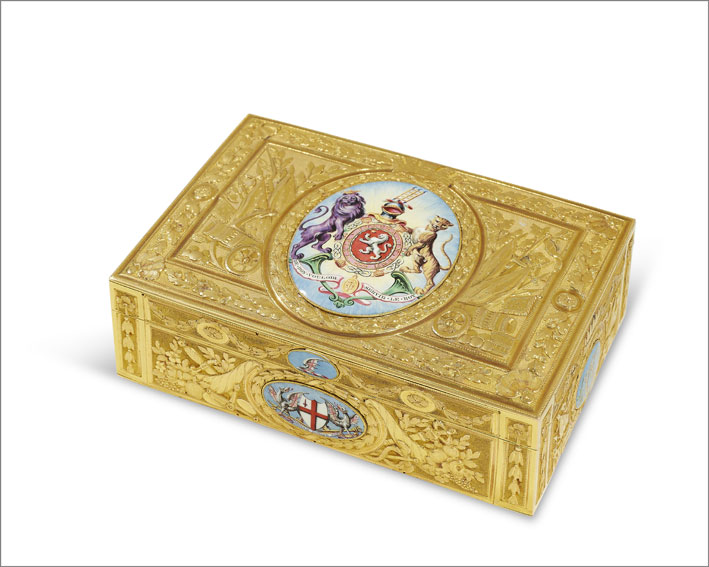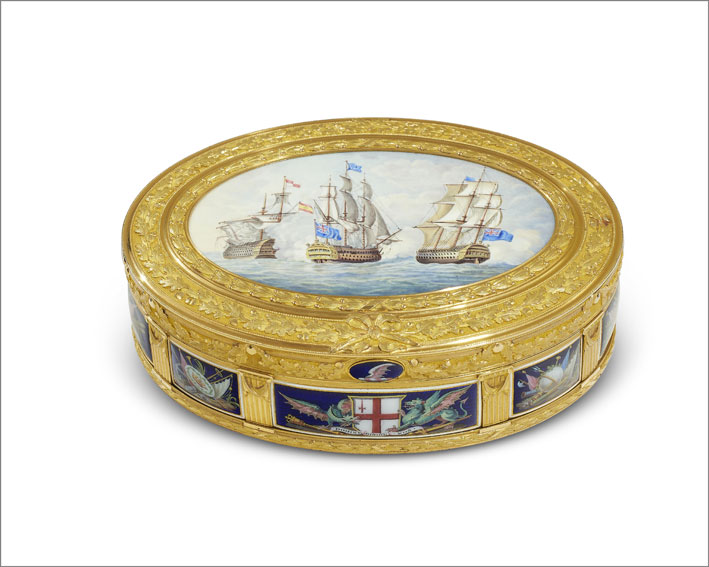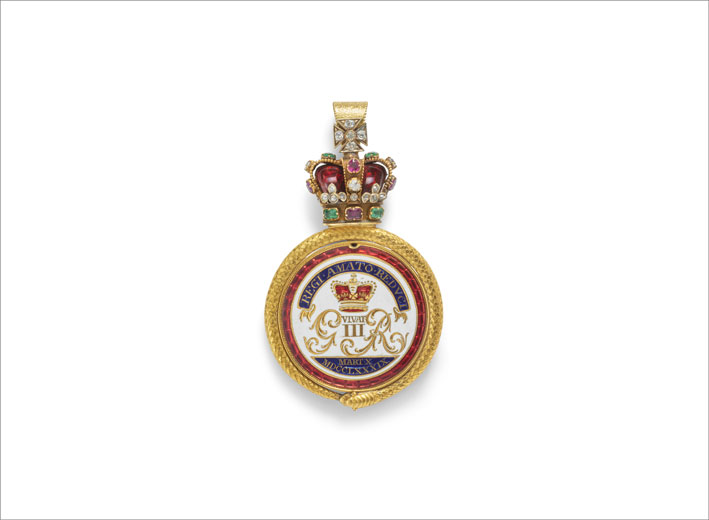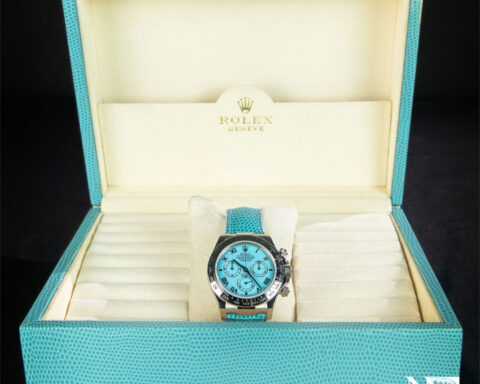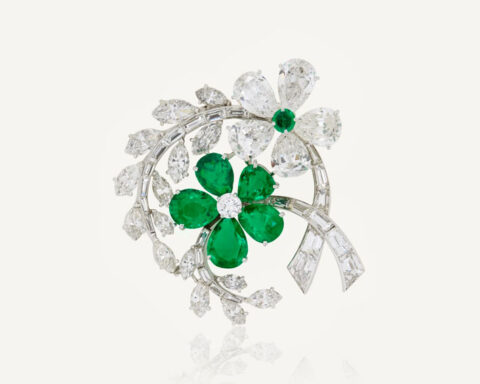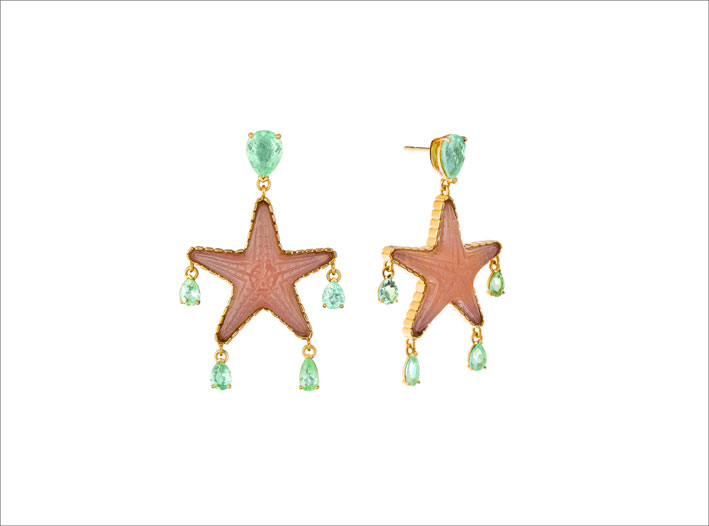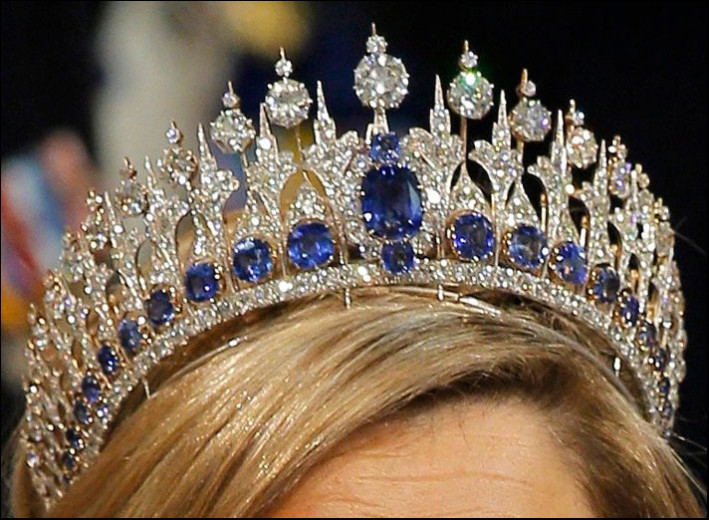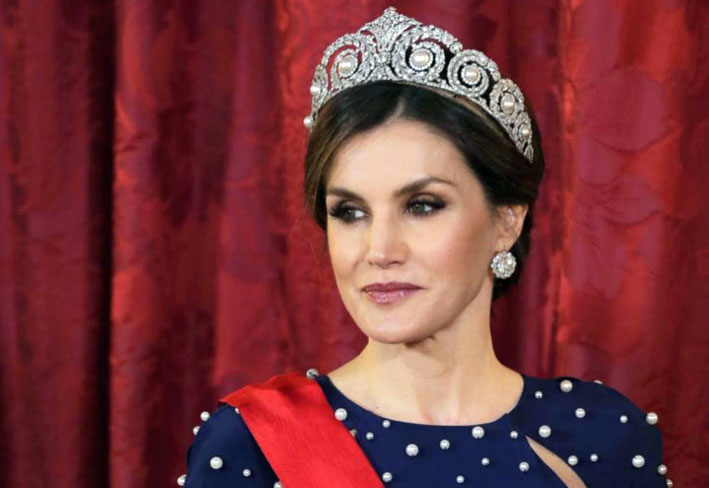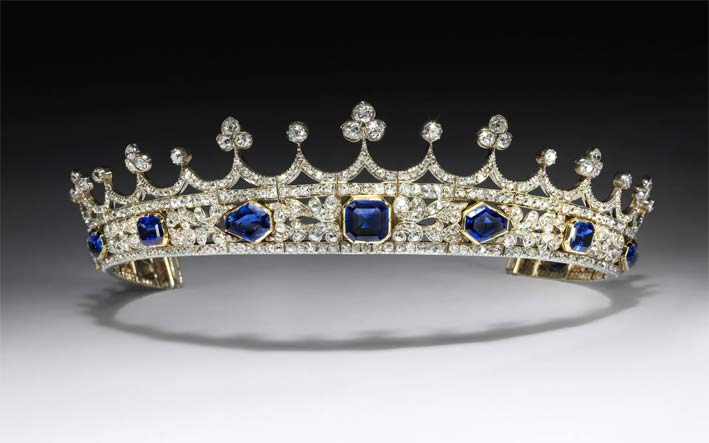For history buffs, but above all for British royals, Christie’s is on sale on 6 and 7 July in Bayreuth (Germany) a series of pieces that belonged to George III, King of Great Britain and Ireland between the late eighteenth and nineteenth centuries (1738-1820 ). Objects in silver and gold are on sale (201 lots in total), but also from a pendant containing a rare medallion commissioned by his wife, Queen Charlotte of Mecklenburg-Strelitz (1744-1818) married at 17, as a gift to friends who had remained faithful during King George III’s illness. Medallion made to celebrate the recovery of the king in 1789. Although, in reality, recovery was only a hope. The story of George William Frederick of Hanover, king from October 25, 1760 has been quite difficult.
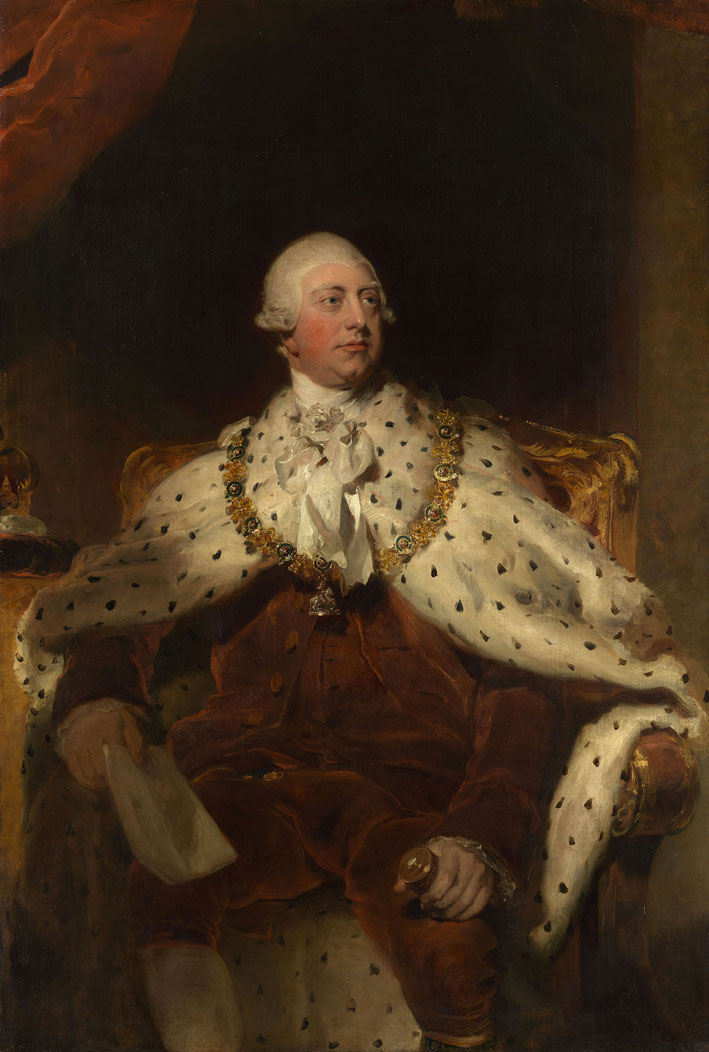
Of German origin, he was also Duke of Brunswick-Lüneburg and Elector of Hanover. He was the third ruler of Great Britain of the House of Hanover, but the first to be born in England and to use English as his mother tongue. The problem is that in 1765 he started showing signs of insanity, which got worse over time. Perhaps a consequence of porphyria, a hereditary blood disease Or, according to others, the king fell ill eating sauerkraut cooked in lead pots, a poisonous metal. More recent analyzes have found a high concentration of arsenic on samples of the king’s hair. In any case, the king’s eldest son, George Augustus Frederick, Prince of Wales, ruled as regent for seven years from 1811 until his father’s death.
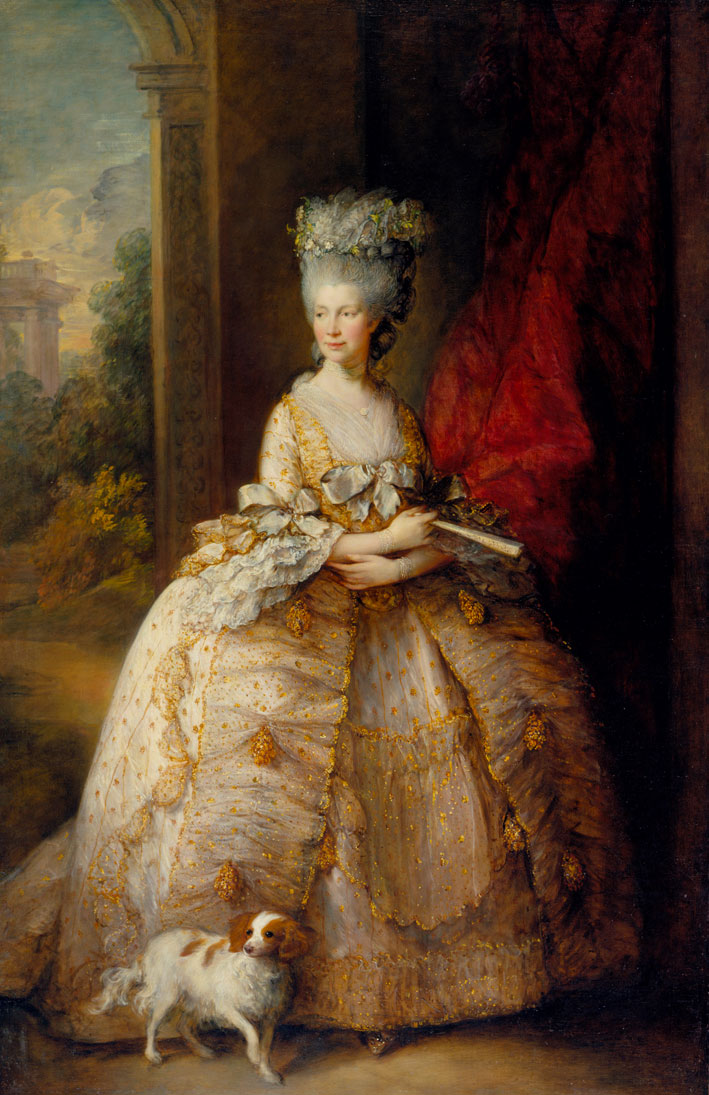
The locket, however, follows an announcement from Queen Charlotte that the king had recovered. Announcement greeted with celebrations and Parliament congratulating the King on 10 March, the date commemorated on the medallion. The medallion was presented by Queen Charlotte on 19 March 1789. It was later surmounted by an enamelled crown, encrusted with diamonds, rubies and emeralds.
